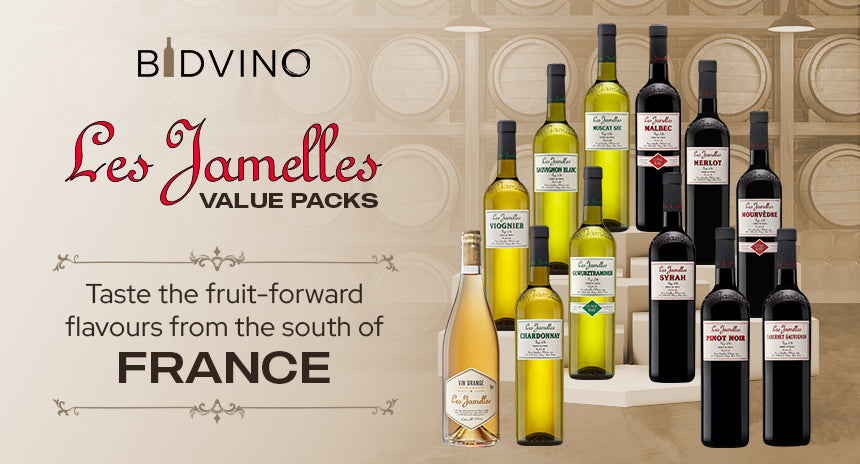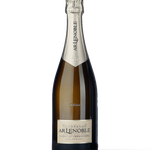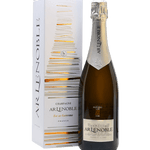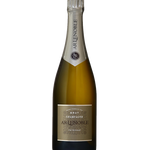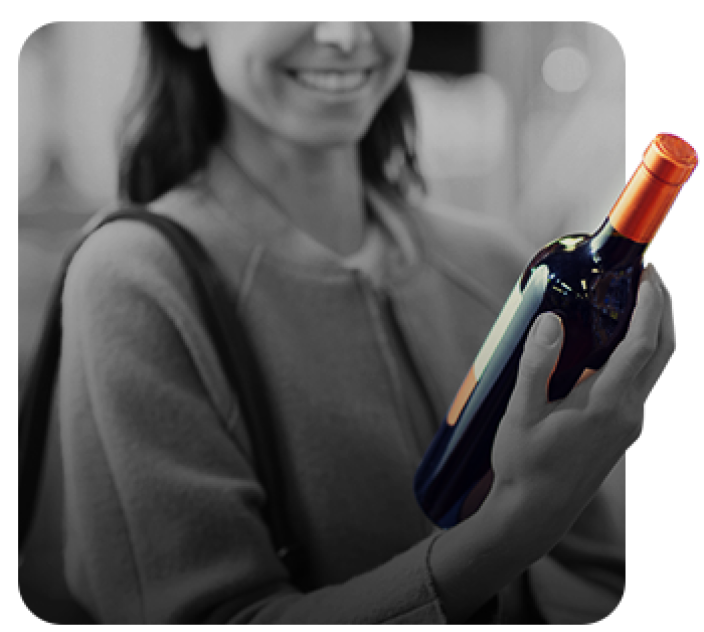You have no items in your shopping cart.
How to Open and Serve Red Wine: A Step-by-Step Guide?

Whether you’re a wine enthusiast or new to the world of red wine, learning how to open and serve it properly can elevate your experience. In this guide, we’ll walk you through the essential steps for opening a bottle of red wine and serving it to maximize its flavors.
1. Opening the Red Wine Bottle
Step-by-Step Process:
Opening a red wine bottle properly is crucial to preserving the wine’s taste and avoiding spoilage. Here’s how to do it:
-
Cut the Foil: Use a foil cutter or the knife on a corkscrew to remove the foil around the bottle’s neck. This ensures no remnants get into the wine.
-
Insert the Corkscrew: Place the tip of the corkscrew at the center of the cork, and twist it in until only one or two spirals remain visible.
-
Pull the Cork: Use the lever of the corkscrew against the lip of the bottle to remove the cork in stages, pulling straight up. Avoid jerking the cork or pulling from the side as it may break or crumble into the wine
-
Check the Cork: Inspect the cork for any signs of damage or leakage. If the cork is damaged, the wine may have been improperly stored.
-
Wipe the bottle's neck before serving to remove sediment or cork residue.
2. Decanting the Wine (Optional)
When to Decant: While it’s not necessary for all red wines, decanting is often recommended for wines with tannins, like Cabernet Sauvignon or Merlot. Decanting helps the wine breathe, softening its flavor and removing sediment.
How to Decant:
-
Pour the wine slowly into a decanter, avoiding any sediment.
-
Allow the wine to sit in the decanter for 20-30 minutes before serving. The exposure to air will help the wine open up, improving its taste.
If you're curious about different red wine styles, check out this guide on red wine styles to help you choose the perfect wine for decanting.
3. Serving Temperature
Why It’s Important: Serving red wine at the right temperature is essential to bringing out its full flavor profile. Too cold, and it might taste flat; too warm, and the alcohol may overpower the taste.
-
Ideal Temperature: Serve most red wines between 60-65°F (15-18°C). Lighter reds (like Pinot Noir) should be on the cooler end, while fuller-bodied reds (like Cabernet Sauvignon) can be served at the higher end.
4. Pouring the Wine
The Right Way to Pour: Pouring wine properly is about more than just technique, it’s also about making the experience enjoyable.
-
Fill the Glass to the Right Level: Pour wine into the glass up to the widest part of the bowl, which is about one-third of the glass. This gives the wine space to aerate and allows you to swirl it.
-
Avoid Touching the Glass: Hold the wine glass by the stem, not the bowl. This prevents your hand from warming the wine and keeps the glass free from fingerprints.
5. Pairing Red Wine with Food
Enhance the Experience: Red wine pairs beautifully with a variety of foods. Here are some classic pairings:
-
Full-bodied Reds (e.g., Cabernet Sauvignon) go well with hearty meats like steak, lamb, or grilled vegetables.
-
Lighter Reds (e.g., Pinot Noir) pair well with poultry, pork, and mushroom-based dishes.
6. Storing Leftover Wine
How to Store: If you have leftover wine, proper storage is crucial to preserving its freshness.
-
Seal the Bottle: Re-cork the bottle and store it in the refrigerator. The cool temperature helps slow down the oxidation process.
-
Use a Wine Stopper: A vacuum pump wine stopper can also help extend the life of your wine by removing excess air from the bottle.

Conclusion
Properly opening and serving red wine is a simple yet crucial part of the wine-drinking experience. By following these steps, selecting the right glass, opening the bottle carefully, decanting if necessary, and serving at the ideal temperature, you can ensure you’re getting the most out of your red wine. Whether you're enjoying a casual meal or a special celebration, these tips will help elevate your wine-tasting experience.
Frequently Asked Questions
-
How do I know when to decant red wine?
A1: Decanting is usually recommended for wines with higher tannin levels, like Cabernet Sauvignon or Syrah. It’s also helpful for wines that have been aged for several years and may have sediment. -
What is the ideal temperature for red wine?
A2: The ideal temperature for most red wines is between 60-65°F (15-18°C). Lighter reds should be served slightly cooler, while fuller-bodied reds can be a bit warmer. -
Can I store leftover wine?
A3: Yes! To store leftover wine, re-cork the bottle and place it in the refrigerator. Use a wine stopper for added preservation. -
How much should I pour in a wine glass?
A4: Pour wine into the glass up to one-third of the way to allow it to breathe. This will enhance the aroma and allow you to enjoy the full experience. -
Can I use any glass for red wine?
A5: While you can use any glass, a wine glass with a wide bowl is ideal for red wine. It allows the wine to circulate, enhancing its aromas and flavors.
